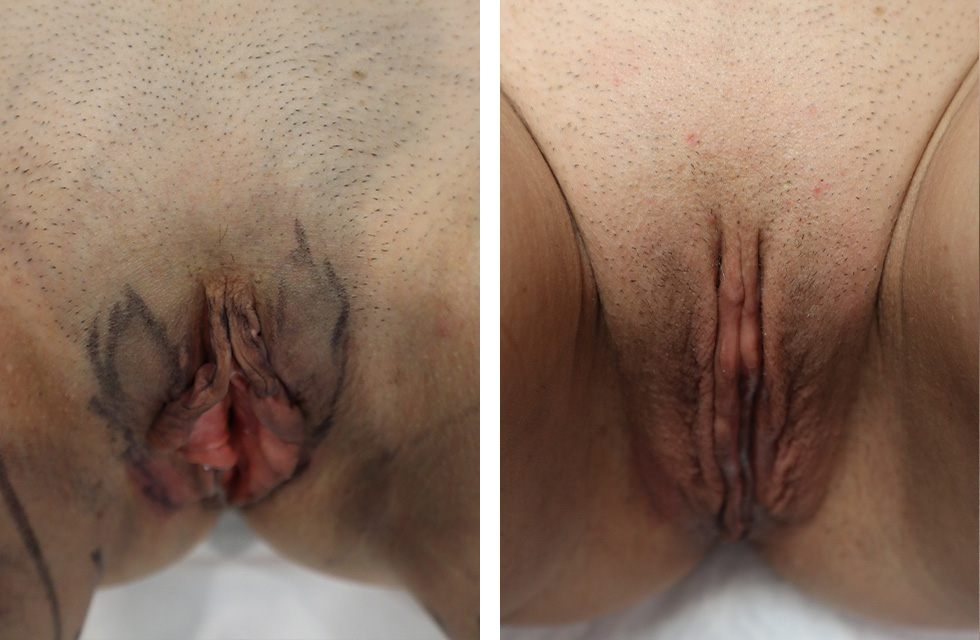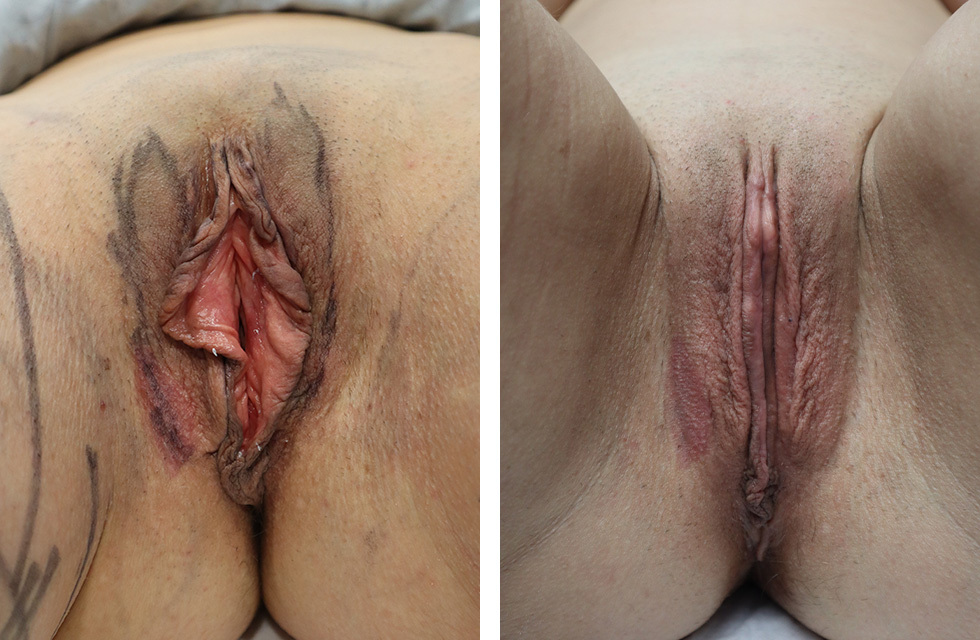The labia majora refers to the outer lips of the vagina while the labia minora is another name for the inner lips of the vagina. Both the labia majora and labia minora protect the vaginal opening and expand during sex.
They can be long or short, thick or thin, and vary in size. While the labia may vary in color, it should be free of white patches, moles, and blisters. If it contains any of these features or itches and burns, there is likely a health issue and the patient should see a doctor immediately.








